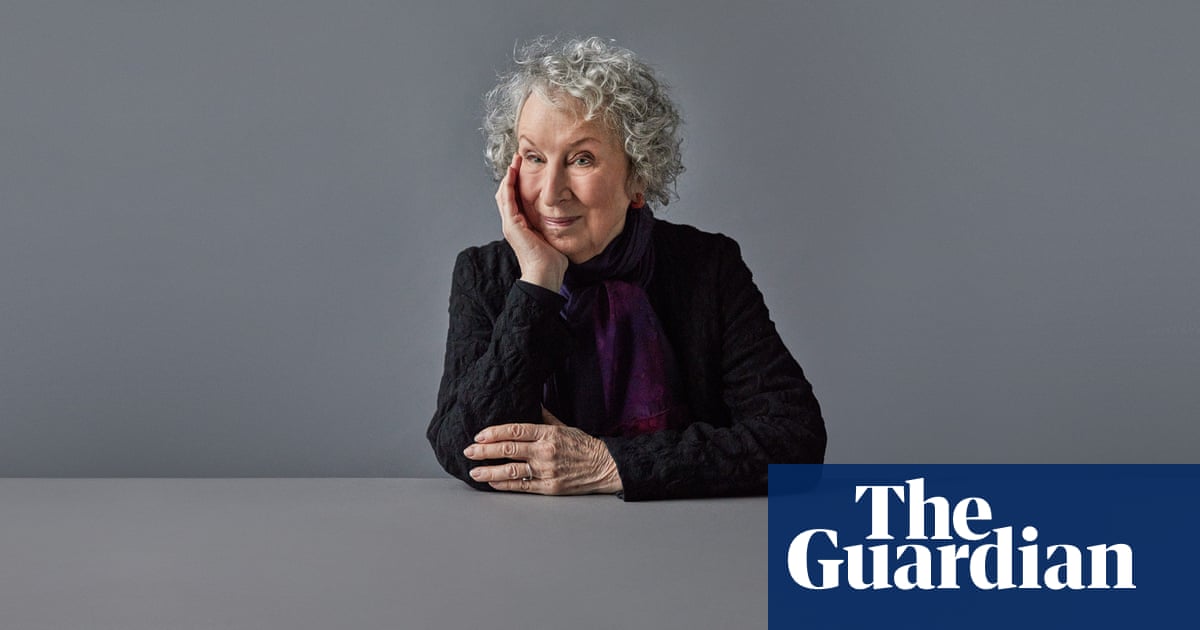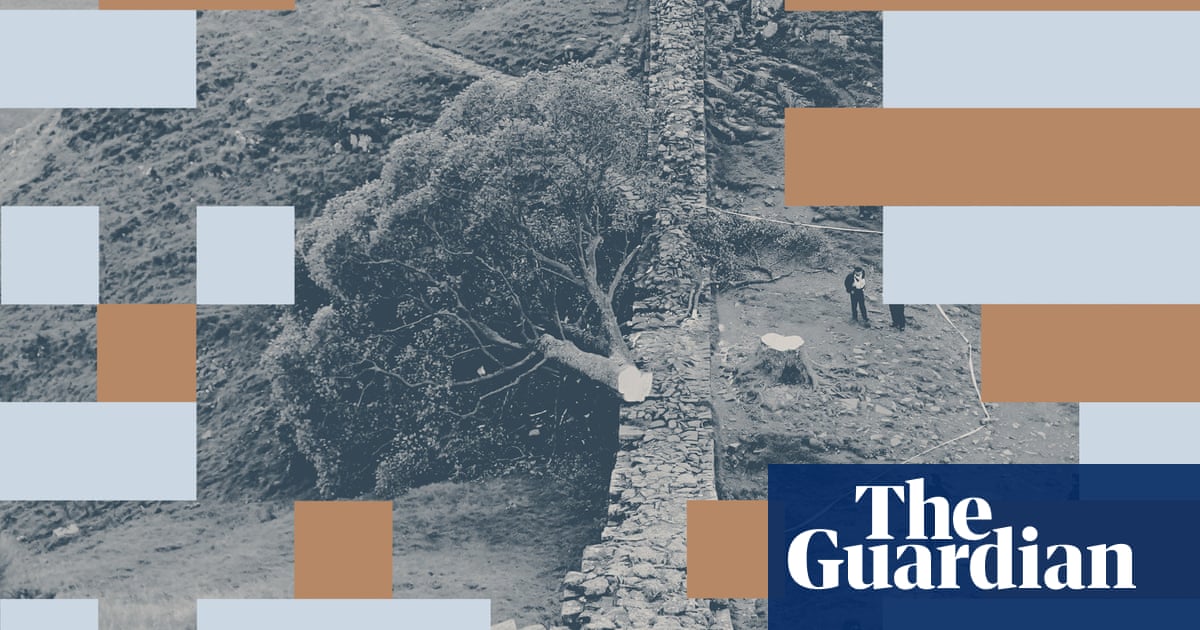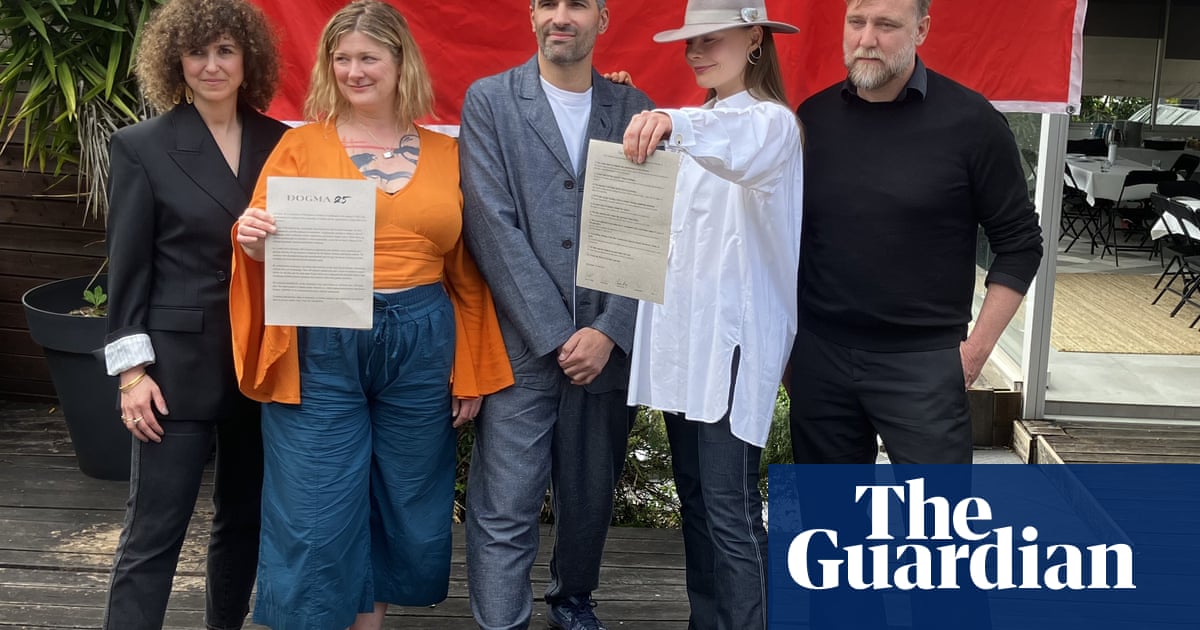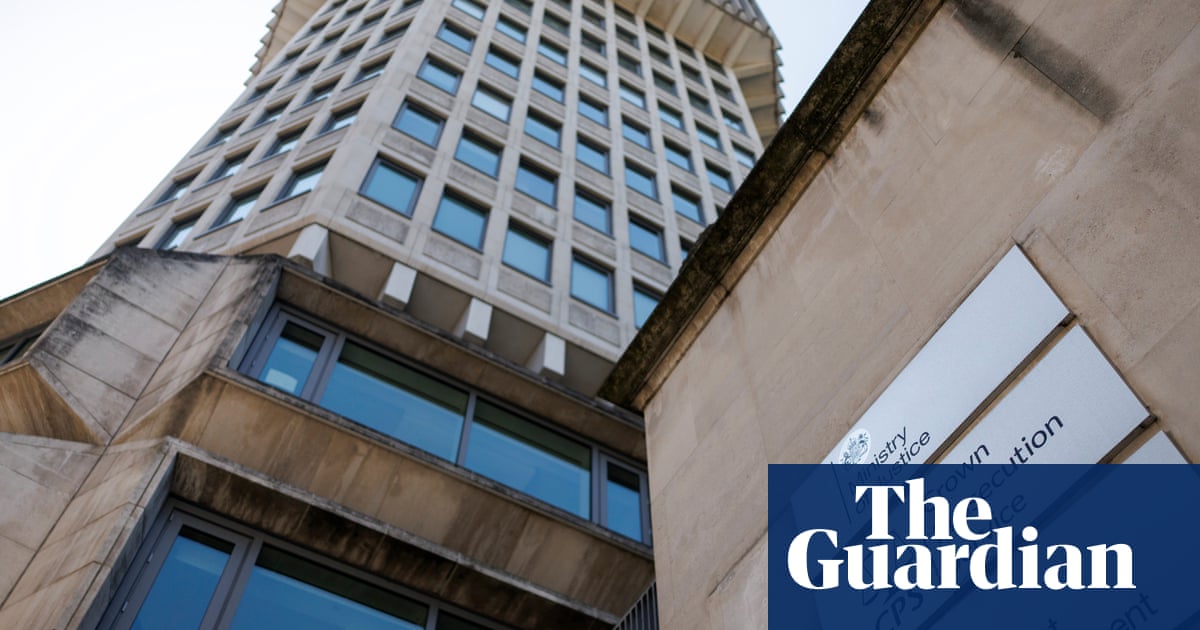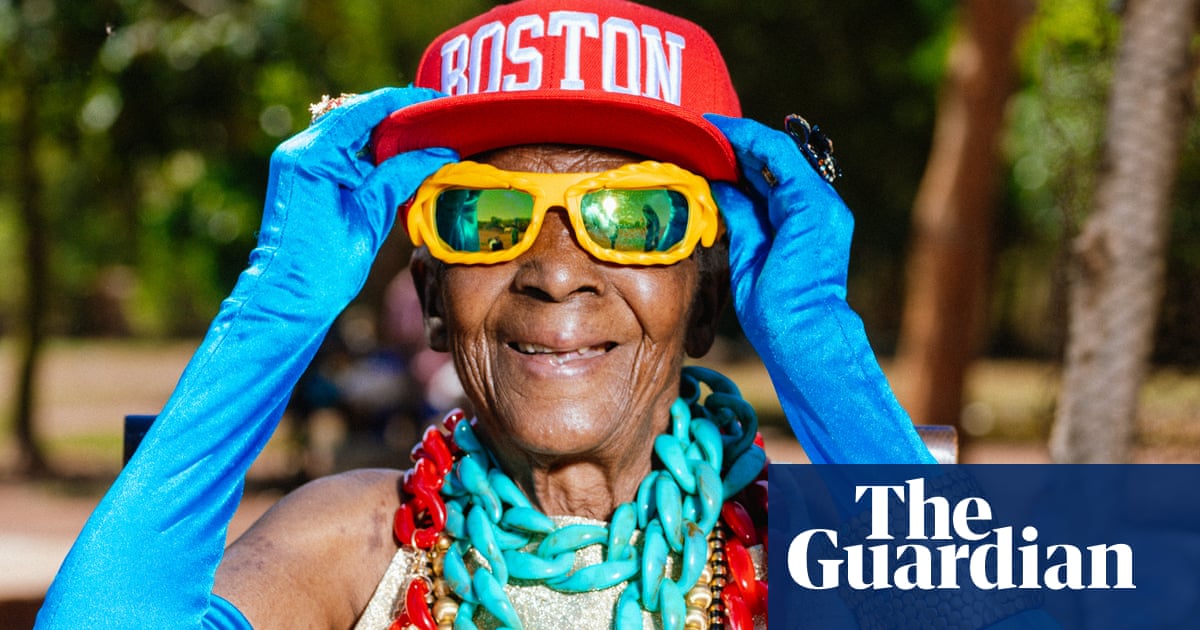Days after a powerful 7.7-magnitude earthquake ripped through central Myanmar, upending buildings, pagodas and thousands of lives, the grim reality of the disaster is setting in.
At a cemetery in Sagaing, a city in central Myanmar that lies at the epicentre of the quake, the bodies are starting to pile up.
“The corpses have been emitting a foul smell since yesterday. Today, it’s beyond description. The bodies can’t be removed from the city yet, and rescue teams haven’t arrived,” says Aye Moe, 20, a Sagaing resident.
Officially, the death toll from the quake has passed 2,000. Unofficially, many fear it could be thousands more. The US Geological Survey estimated that deaths could climb beyond 10,000.
“They have to bury people with 10 bodies per grave,” says Aye Moe of the situation in Sagaing, “When there isn’t enough space there, they have to take them to Mandalay for cremation, but there aren’t enough furnaces there either.”
Access to Myanmar, the vast borderlands of which are controlled by a patchwork of ethnic armed organisations, has been restricted to the foreign media since the military seized control of the country in a February 2021 coup.
Covering the military atrocities that followed in an ensuing civil war saw many journalists from Myanmar forced into exile in neighbouring Thailand, complicating the flow of information – first about the conflict, and now about the disaster.

But as the days go on, more details are coming to light.
“Everything is being handled through self-reliance. We still don’t know the exact number of bodies,” says Aye Moe, “At the main hospital, there are both patients and corpses, and it’s becoming unmanageable. There’s no manpower, and there are almost no young people – some have fled to the forest, others have left the country.”
In Sagaing, Aye Moe says rescue teams were yet to arrive by Monday.
‘People trapped can’t be pulled out’
Aung Gyi, 25, another Sagaing resident, says: “Everyone is facing difficulties”. The city, he says, has been reduced to “ruins” with people desperate for basic supplies such as food, water and mosquito coils.
“The main problem is that two- and three-storey buildings have collapsed, and people trapped underneath can’t be pulled out,” he says, adding that one of Sagaing’s main bridges has been damaged, preventing heavy vehicles needed for rescue operations from crossing.
“What we still don’t know about are the highland areas,” he adds. “And many monasteries and nunneries remain unchecked.”

Emergency aid and teams of rescue workers from countries such as China, India, Russia, the US and around South-east Asia are starting to flow into the country, mostly through the capital of Naypyitaw, but its swift delivery is complicated not only by the destruction caused by the natural disaster, but also the logistics of delivering it in a country wracked by civil war.
The fallout from Myanmar’s earthquake has overwhelmed parts of the healthcare system, the World Health Organization has said, with rescue operations facing “significant obstacles including damaged roads, collapsed bridges, unstable communications and the complexities related to civil conflict”, the WHO said in an update.

In Myanmar’s second-largest city of Mandalay, footage of which shows swathes of it flattened into a jumble of bricks and rubble, people are sleeping in the street in fear of aftershocks toppling more buildings.
“People are trying to help each other,” says Dr Nang Win, a Burmese medical doctor based in Australia who has been trying to assist her relatives, colleagues and friends in the city. “The system from the beginning is not set up, there is no disaster planning.”
Some aid has started to arrive in the city, she says, with her colleagues also setting up makeshift clinics. However, delays in emergency assistance, she says, has already caused unnecessary loss of life.
“1,700 is not the real death toll,” she says, “Even in one town in Mandalay it would be more than that.”

.png) 1 month ago
29
1 month ago
29




